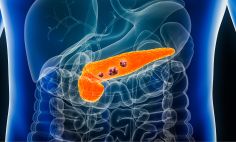A heart attack occurs when the flow of oxygenated blood suddenly becomes blocked, and a section of the heart can’t get oxygen. If blood flow isn’t restored quickly, that section of heart muscle begins to die. Here’s what to look for and what to do in the case of a heart attack.
Symptoms
- Chest pain or discomfort, often on the left side of the chest
- Light-headedness or dizziness
- Pain or discomfort in the jaw, neck, or back
- Pain or discomfort in one or both arms or shoulders
- Shortness of breath
- Unexplained tiredness
- Indigestion or heartburn
- Nausea or vomiting
- Sweating
What to do
Call 9-1-1 immediately. The sooner the individual can get to an emergency room, the better their chances for reducing damage to the heart. If the individual is unconscious and not breathing or without a pulse, begin CPR. Push down hard on the center of the person’s chest at about 100 to 120 compressions a minute – about the same tempo as the Bee Gees “Staying Alive” or the Spice Girls’ “Wannabe.”
By the numbers
- 90 – the number of people in the United States who suffer from a heart attack every hour
- 659,000 – the number of people in the United States who die from heart disease every year
- $363 billion – the annual cost of heart disease in the United States
- 80% – the amount of all heart disease that can be prevented by keeping a healthy lifestyle and managing risk factors
Cardiovascular disease
Cardiovascular diseases affect the heart and blood vessels. Some cardiovascular diseases include coronary artery disease (where the arteries to the heart are blocked or narrowed), congestive heart failure (where the heart doesn’t pump as efficiently as it should), and heart rhythm problems.







